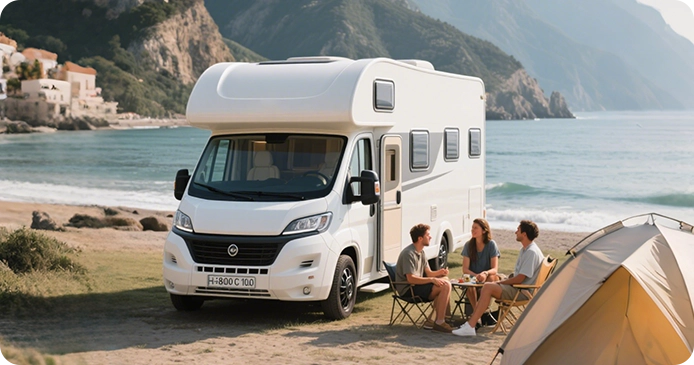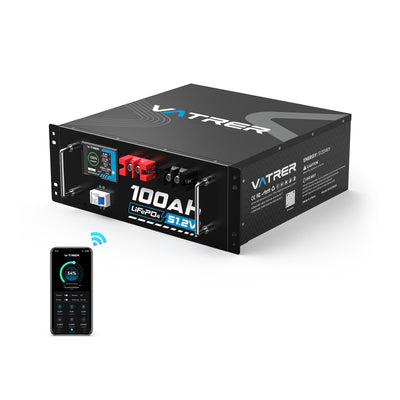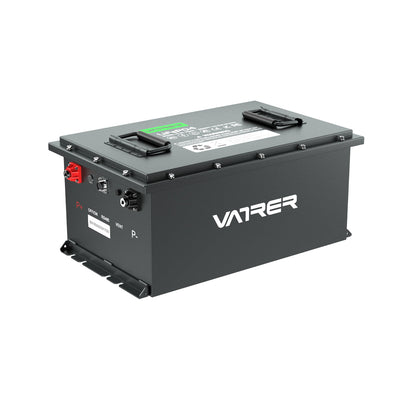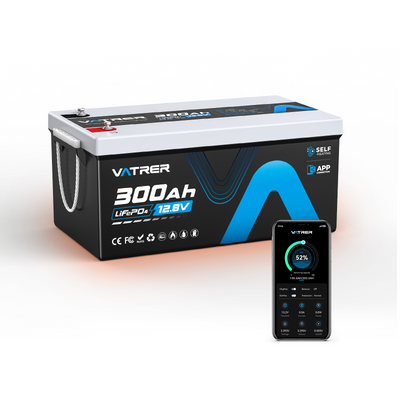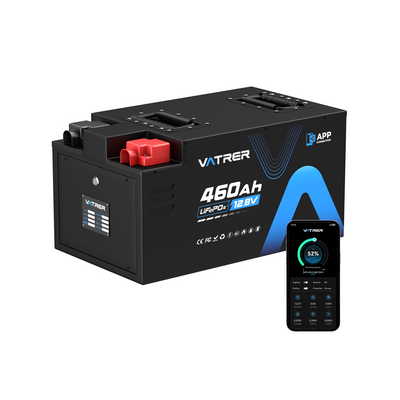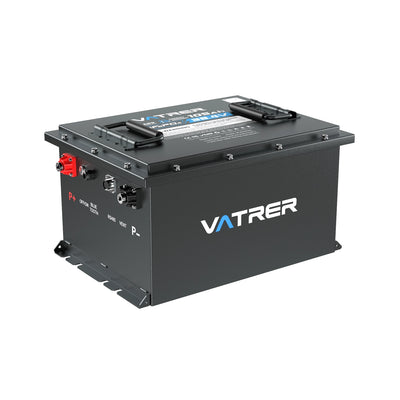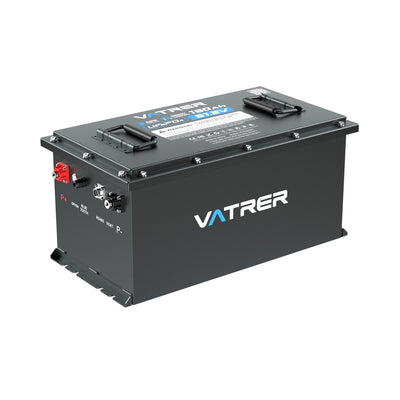How Much Battery Capacity Do You Need For Off-Grid Living?
Reading time 2 minutes
Opting for off-grid living involves careful planning, particularly when it comes to ensuring you have enough battery capacity to meet your energy needs. Determining the right amount of battery capacity is essential for a seamless and efficient off-grid lifestyle. Here’s how you can calculate your requirements, with some examples to help guide you.

Understanding Your Energy Usage
The foundation of calculating your required battery capacity is to accurately understand your daily power usage. This depends on your lifestyle, the size of your household, and the appliances you use. For instance, a typical small family might consume about 10 kWh per day, whereas a larger household or one with higher usage appliances might use closer to 20 kWh per day.
To compute your daily usage:
-
List all electrical appliances you use.
-
Note their power consumption in watts.
-
Estimate how many hours per day you use each appliance.
-
Use the formula: Energy (kWh) = Power (Watts) × Hours used per day ÷ 1000.
Example: If you use a 40-watt fan for 5 hours a day, the energy consumption of the fan is:
Types of Batteries
Choosing the right type of battery is crucial:
- Lead-Acid Batteries: Economical but require maintenance and have a shorter lifespan.
- Lithium-Ion Batteries: Higher initial cost but longer lifespan, greater efficiency, and minimal maintenance.
Calculating Battery Capacity
To calculate your needed battery capacity, consider your total daily energy usage and how many days of autonomy (days you want to go without sunlight or other renewable sources) you desire. It's recommended to have at least three days of autonomy.
Formula: Battery Capacity (kWh) = Daily Energy Usage (kWh) × Days of Autonomy
Example: If your household uses 10 kWh per day and you want three days of autonomy:
Add a 20% buffer to accommodate battery inefficiencies and aging:
Installation and Safety Considerations
-
Location: Choose a temperature-controlled environment to optimize battery performance and lifespan.
-
Maintenance: Plan for regular maintenance, especially for lead-acid batteries.
-
Safety: Ensure proper installation of safety devices like circuit breakers and maintain good ventilation to handle gas emissions from lead-acid batteries.
Conclusion
Properly sizing your battery capacity is key to a successful off-grid living experience. By understanding and calculating your energy needs, choosing the right battery type, and considering safety and maintenance, you can enjoy reliable and efficient power off the grid. Always remember to plan for more capacity than you think you'll need to compensate for unexpected usage spikes or inefficiencies.
Continue Reading:
Share




























